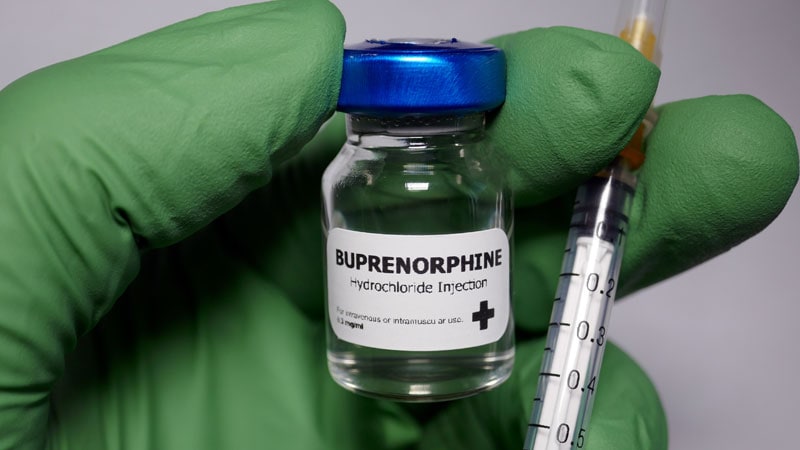— Lower coronary flow reserve associated with severity, duration of psoriasis
by
Charles Bankhead, Senior Editor, MedPage Today
September 20, 2023
Almost a third of patients with severe psoriasis had echocardiographic evidence of asymptomatic coronary microvascular dysfunction (CMD), a prospective study showed.
Doppler echocardiography showed that 31.5% of 448 patients with psoriasis had CMD. Every 1-point increase in the Psoriasis Area and Severity Index (PASI) score and 1-year increase in psoriasis duration correlated with a 5% to 6% increase in the risk of CMD.
The findings provide a possible mechanistic explanation for the substantial existing body of evidence linking psoriasis to cardiovascular disease, reported Stefano Piaserico, MD, PhD, of the University of Padua in Italy, and co-authors in the Journal of Investigative Dermatology.
“These findings are consistent with the view of systemic inflammation as a key contributor to atherosclerosis and suggest that the coronary microcirculation may represent an extracutaneous site directly involved in the immune-mediated injury characteristic of psoriasis,” the authors concluded. “Accordingly, we should diagnose and actively search for microvascular dysfunction in patients with psoriasis, as this population is at particularly high risk.”
“This assessment might have particular value in the diagnosis, stratification, and treatment of CV [cardiovascular] risk in psoriasis,” they added. “Because the dysfunction is correlated to the activity and length of psoriasis and is largely independent of traditional CV risk factors, studies on CFR [coronary flow reserve] may also be useful for monitoring vascular function during therapy of psoriasis, which may, hopefully, be a surrogate for decreasing the risk of subsequent CV events.”
Several studies have shown that patients with psoriasis have an increased prevalence of CV morbidity and mortality, resulting from accelerated atherosclerosis and premature coronary artery disease. The excess CV risk has been attributed to psoriasis-induced inflammation, which might affect atherosclerotic plaque formation and coronary microvascular function.
Despite the well-established association between psoriasis and CV risk, patients with psoriasis may be undertreated for CV risk factors. One recent study showed that a majority of patients with psoriasis would welcome input from their dermatologist about CV risk. A majority of dermatologists surveyed for the study said it would be feasible to assess CV risk and lipid levels in patients with psoriasis, but only about a third agreed with a statement about prescribing statins for primary prevention.
Another previous study showed that most patients with psoriasis had been evaluated for CV risk factors, but 20% to 40% had untreated diabetes, hypertension, or hyperlipidemia. A substantial proportion of patients with treated CV risk factors did not achieve guideline-recommended goals.
Understanding about the underlying mechanisms of cardiovascular disease in psoriasis has remained limited, Piaserico and co-authors noted. More than a decade ago, they showed a higher prevalence of reduced CFR in patients with psoriasis as compared with the general population. Subsequently, several other studies confirmed the observation. However, most of the confirmatory studies were limited by small numbers of patients.
Continuing their search for a mechanistic explanation, the authors enrolled 503 patients with psoriasis, 448 of whom had complete information on CFR and psoriasis status and were included in data analysis. The cohort had a median psoriasis duration of 15.2 years, mean baseline PASI of 12, and three-fourths had CFR assessment by echocardiography before beginning treatment.
The results showed that 141 of the 448 patients had CMD, defined as a CFR ≤2.5. The total included 12.9% with a CFR ≤2, and 5.1% with a CFR ≤1.5. Patients with CMD at enrollment were older, had a higher body mass index, and had higher prevalences of hypertension and psoriatic arthritis.
Lower CFR correlated significantly with higher PASI scores (P=0.0002) and longer duration from psoriasis diagnosis (P=0.01). The cohort had a median CFR of 3.02 for patients with a PASI <10, which declined with increasing PASI scores (P=0.0001). Similarly, patients <5 years from diagnosis had a median CFR of 3, which declined with increasing duration of psoriasis (P=0.0003). A multivariable analysis showed significant associations between lower CFR and higher PASI, longer duration of psoriasis, psoriatic arthritis, and hypertension. Other conventional CV risk factors were not significantly associated with CFR.
“CFR could represent a reliable, noninvasive, and easily reproducible tool allowing the identification of early CV dysfunction,” the authors wrote. “Because the severity of psoriasis, the presence of arthritis, and the duration of disease are independently associated with a lower CFR in our study population, we might hypothesize that an early and effective treatment of psoriasis would restore a CMD and eventually prevent the future risk of myocardial infarction and heart failure associated with it.”
“In keeping with this, some preliminary studies show that CFR markedly increased after 4-6 months of treatment with TNF-alpha inhibitors, ustekinumab [Stelara], or secukinumab [Cosentyx],” they noted.
![author['full_name']](https://clf1.medpagetoday.com/media/images/author/charlesBankhead_188.jpg)
Charles Bankhead is senior editor for oncology and also covers urology, dermatology, and ophthalmology. He joined MedPage Today in 2007. Follow
Disclosures
The authors reported no relevant relationships with industry.
Primary Source
Journal of Investigative Dermatology
Source Reference: Piaserico S, et al “Coronary microvascular dysfunction in asymptomatic patients with severe psoriasis” J Invest Dermatol 2023; DOI: 10.1016/j.jid.2023.02.037.
Note: This article have been indexed to our site. We do not claim legitimacy, ownership or copyright of any of the content above. To see the article at original source Click Here













